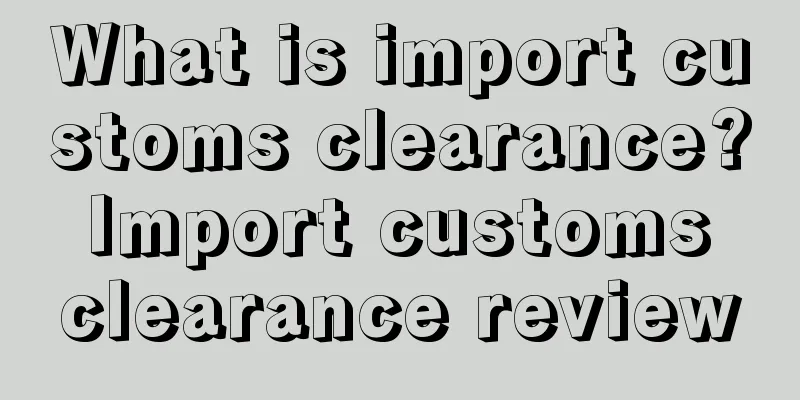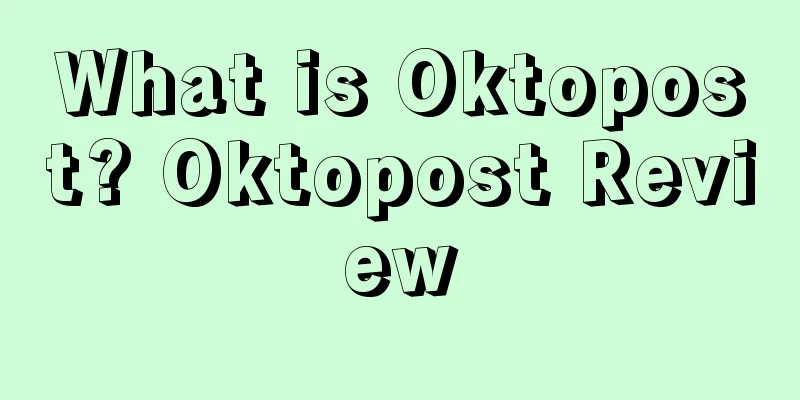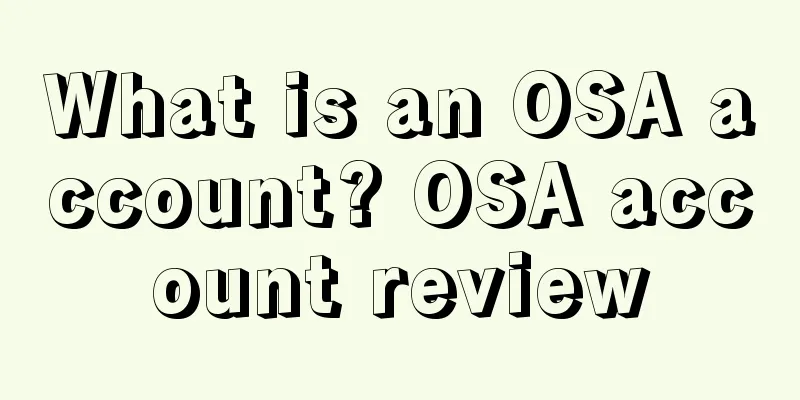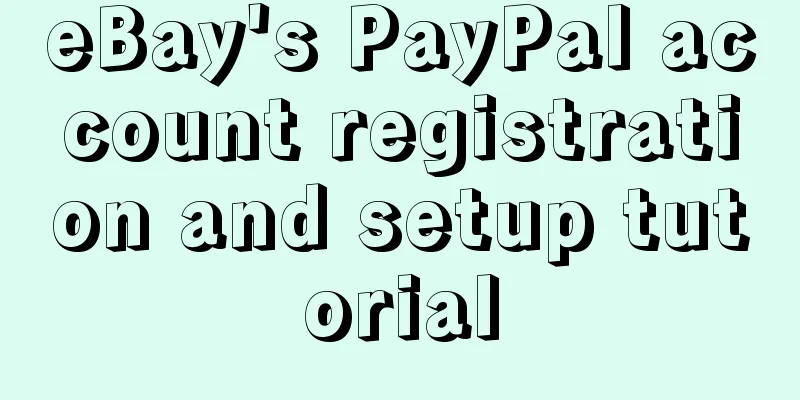What is import customs clearance? Import customs clearance review

|
Import refers to the act of transferring goods from a foreign country to China. Tax laws stipulate that all goods entering China's customs territory should pay import -link value-added tax to the customs when they are declared for import . 1. Import customs clearance Import refers to the act of transferring goods from a foreign country to my country. Tax laws stipulate that all goods entering my country's customs territory must pay import value-added tax to the customs when declaring imports. Customs Clearance means that imported goods, exported goods and transit goods entering or exiting a country's customs territory or national border must be declared to the customs, go through various customs formalities, and fulfill the obligations stipulated in various laws and regulations. I believe many merchants have experienced the situation where cosmetics, milk powder, red wine, food, health products, personal belongings, etc., were detained by customs when they were sent back to China by direct mail, or they were airlifted from abroad to the domestic airport supervision center but could not be picked up. Or they had to pay additional customs duties because they carried more than the amount specified by the customs. So how can you avoid customs detention when importing from abroad? Transshipping imports from Hong Kong can solve all the above problems. The reasons are as follows: 1. Hong Kong is a free trade zone. The docks in Hong Kong also enjoy a certain period of rent-free period, and no tariffs are required for imported and exported goods (except for a large amount of tobacco and alcohol) 2. Simple procedures 3. Super fast speed: Under normal circumstances, goods delivered from Hong Kong can reach the mainland in about three working days. 4. Super low cost: calculated by kilogram, all-inclusive price for import, all-inclusive price for receiving goods from Hong Kong to mainland China. 5. Safe and secure: With formal customs declaration procedures, it is absolutely safe and secure. 2. Operation process After receiving the goods, the logistics company will arrange air transportation to Hong Kong, and then from Hong Kong to mainland China, including tax and customs clearance, such as health products, cosmetics, milk powder, red wine, health food, etc., can all use this method, including tax and customs clearance, and there will be no other taxes and fees in your hands. Safety is guaranteed. 3. Advantages 1. No documents are required, which solves the document problem. 2. Express samples include tax and customs clearance, and there is no need for inspection and quarantine, saving money and time. 3. Price advantage: less value-added tax and tariffs than general trade imports, which is an obvious advantage. 4. Fast delivery time, the goods will be imported in 7-10 days, with quick turnover, time is money. IV. Import customs clearance process 1. Import bill exchange - go to the freight forwarder or shipping company to exchange the D/O. (Determine where to exchange the bill based on the bill of lading in hand. H B/L freight forwarder bill of lading MB/L shipowner bill of lading) 2. Customs electronic declaration - computer pre-recording, document review, sending, contact with customs/release. 3. Inspection (three inspections) - After electronic declaration is released, go to the Commodity Inspection Bureau with one of the four copies of the customs declaration form to go through the quotation procedures and issue a customs clearance form or stamp the three inspection stamps. 4. Customs declaration - submit paper documents (starting from November 1, 2014, there are certain requirements for enterprise qualifications) 5. Pay taxes - Customs assesses the value of the goods and levies taxes at the tax rate according to the corresponding code of the goods 6. Inspection (if the customs deems it necessary) - the customs will conduct an inspection based on the supervision conditions of the declared name of the goods and the probability of inspection on the day. If an inspection is required, an inspection notice will be issued 7. Release - Customs release has the following steps: 1. One-time release 2. Issuance of inspection notice or direct release without inspection 2. Second release 3. After inspection, release after customs sealing. 8. Pick up goods - after release, the consignee can pick up the goods to their own warehouse, sales, etc. References |
<<: What is No Deal Brexit? No Deal Brexit Review
>>: What is WordStream? WordStream Review
Recommend
Walmart expands InHome delivery service to five new states in the U.S.
It is learned that according to foreign media repo...
What is Profit Bandit? Profit Bandit Review
Profit Bandit is a product research tool that work...
Nothing was done, but traffic and sales both dropped? Use the detection method quickly!
Recently, I have heard people talking about the d...
Amazon launches new plan to eat into third-party sellers' market?!
Do you Amazon sellers have this feeling? Whether ...
AI revamp, new forum? Amazon's big overhaul!
Amazon is so considerate? This time, there are man...
What is BingaBinga? BingaBinga Review
BingaBinga is a shopping platform for middle and h...
The US government is strictly investigating the recall of defective products! Amazon platform supervision may be tightened!
It is learned that according to foreign media repo...
What is relevance? Relevance evaluation
The platform officials believe that the same perso...
Amazon forces sellers to engage in price war? No new products can be created without price cuts!
It is learned that according to foreign media repo...
13 ways to find product ideas and create new hits
There are more and more sellers on Amazon, with an...
What is Amazon Care? Amazon Care Review
Amazon Care is an employee benefit piloted by Amaz...
No orders? You should take a look at this product development idea
About the author : An executive of a cross-border ...
What is Dragon Ball Cross-border? Dragon Ball Cross-border Review
Longzhu Cross-border has been focusing on cross-bo...
What is MEIG? MEIG Review
MEIG (The Middle East Internet Group) was establis...
More than 400 million counterfeit products were found on seven major platforms including Amazon and Walmart!
<span data-shimo-docs="[[20,"获悉,根据美国专业打假机构...









